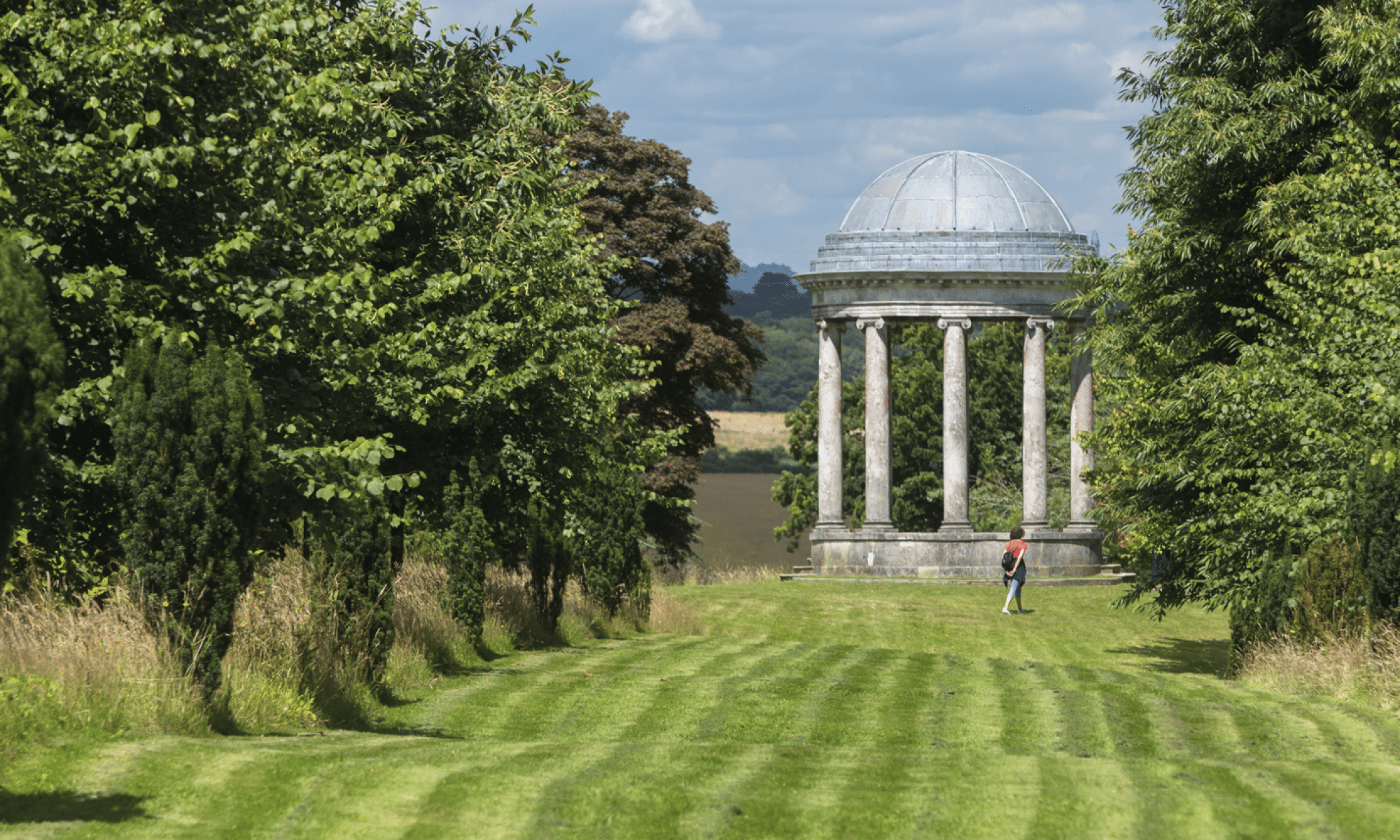Why not sample the delights afforded to the lords and ladies of Georgian times with a summer stroll around the grounds of Petworth House?
Originally laid out in the 16th century, the gardens were later re-landscaped in the 18th century under the watchful eye of Capability Brown.
In Georgian times the lord and lady of the house could stroll with guests, taking tea and playing croquet amid the fragrant gardens while showing off the latest plants from the Americas. Not only a patron of the arts, the 3rd Earl of Egremont was a patron of plant collectors and he used the pleasure grounds here to display his collection of trees and shrubs, all immaculately presented, with intriguing specimens given prominent positions.
He introduced two buildings as focal points and to provide cooling moments of shade. These gardens also show off two more of Brown’s techniques – the sinuous path winding its way through scented meadows up to the ha-ha. This affords an apparently unbroken view from the pleasure grounds to the parkland beyond, hiding the sudden change in level that ensures the deer or other animals do not nibble vital plant specimens!
As you venture forth on the walk, the first of Brown’s buildings comes into view. A rotunda based on the Temple of Vesta at Tivoli, this overlooks the first of the meadows, formerly a paddock which you cross into a wildflower meadow, at its best in summer. Also at its best is a Southern European Flowering Ash with its showy panicles of fragrant cream flowers introduced from southern Europe and Asia Minor in 1700.
Following the serpentine paths, the wall frames beautiful rolling countryside and a lake fed by natural springs in the hills. In the distance is Black Down, the highest point in Sussex at 280m. Retrace your steps to the top of the meadow to the Rotunda, perhaps for a little breather.
From there, head south to join Salvin Drive and as you head back to the main house you approach the Doric Temple. To the north it is surrounded by holm oak trees brought by Brown from southern Europe. These magnificent mature trees today augment the landscape and add green to the winter garden. Brown sited the Doric Temple to showcase the view across the Shimmings valley.
En route to the house, you can both see and smell the North Gallery roses, in this case White Rose of York, as it would have been in Brown’s day. Between the main house and servants’ quarters is a display of Magnolia Grandiflora, an exotic import introduced to Britain in the 1730s.
Over the next few years, the National Trust will work to restore the gardens to Brown’s vision. For this and other walks and attractions, visit www.nationaltrust.org.uk











Comments